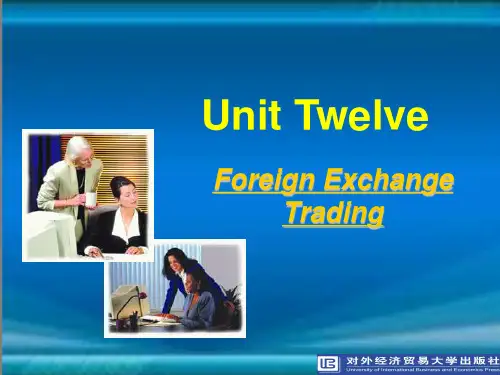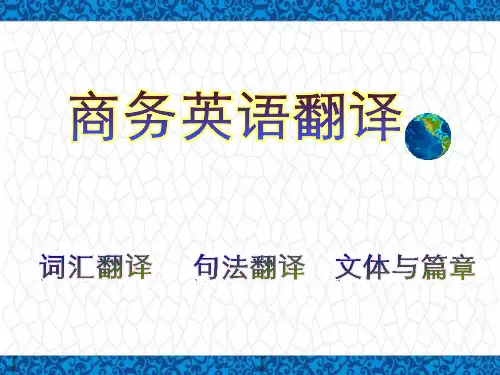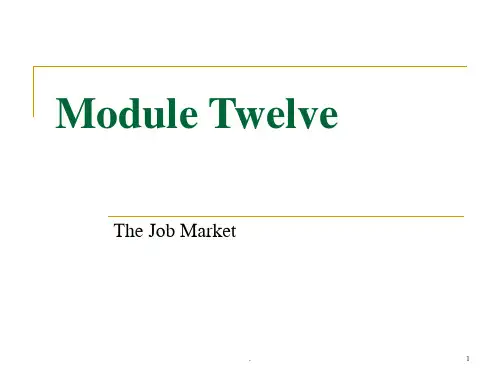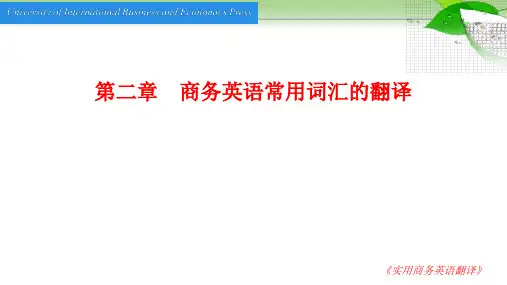2 The Greeks and Romans commonly used gold as a
Unit 12 Foreign Exchange Trading
Text
3 The system worked well until World War I, when
trade was interrupted. After the war, currencies fluctuated widely in terms of gold and, thus, in relation to each other. The value of currencies was meant to be regulated by supply and demand (the market mechanism), but speculators often interfered with this mechanism. So in an effort to create more stable exchange markets, some countries, notably the United States, England, and France, returned to the gold standard. Except for a brief period in the early 1930s, the United States stayed on the gold standard. By 1971 it
Unit 12 Foreign Exchange Trading
Text
medium of exchange. Most world trade continued to be based on gold until the nineteenth century. But then industrialization in Western Europe and the United States had boosted world trade to such an extent that gold reserves were no longer adequate to meet the requirements. Governments introduced a par value of their respective local currencies in gold. Thus, the currencies were related to one another through a system called the gold standard. The gold standard system determined the value of all currencies based on gold. This meant the values of different currencies could be compared in terms of one another.




